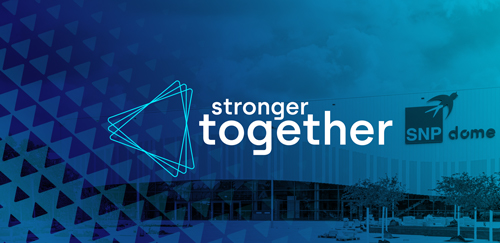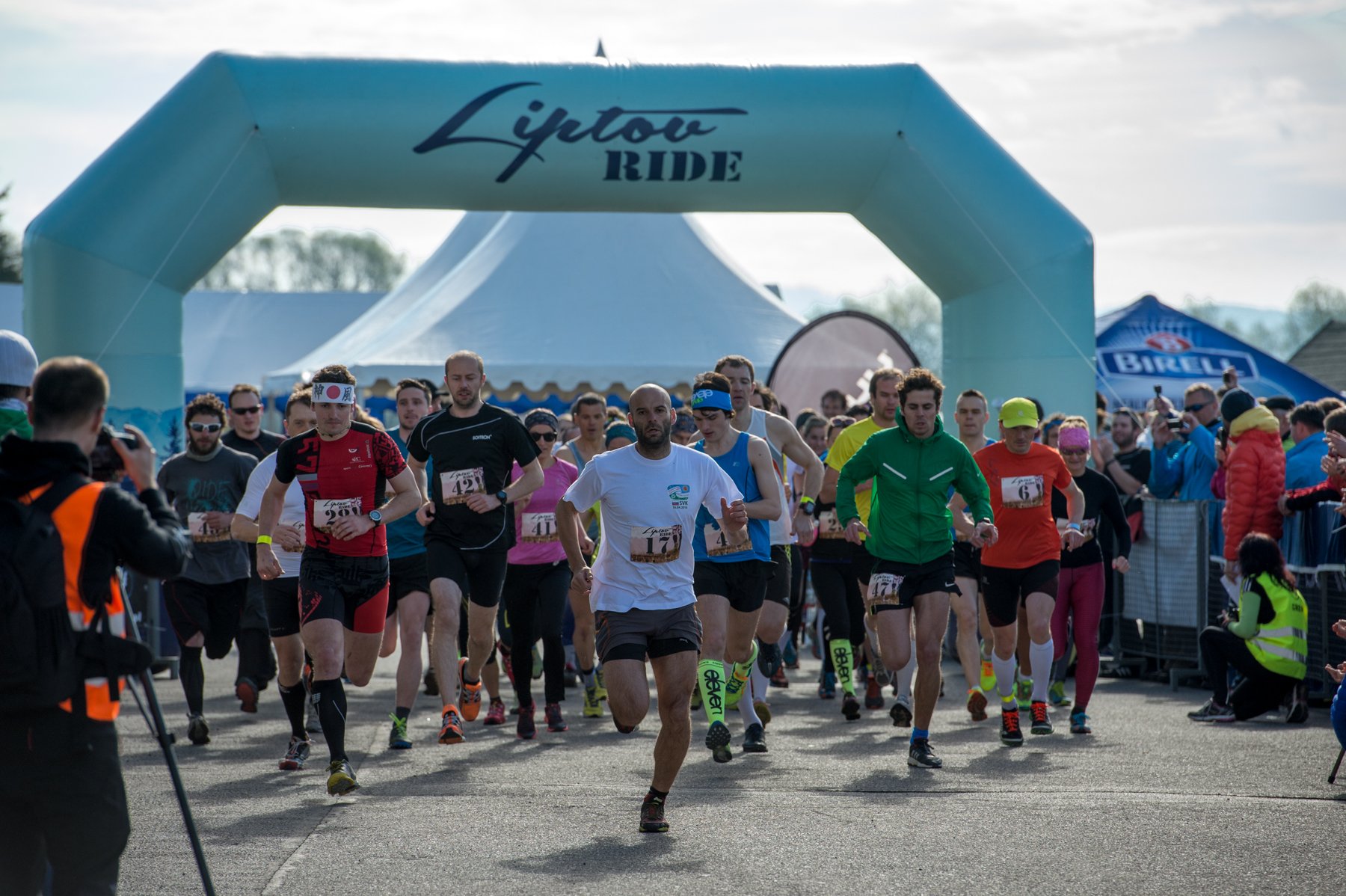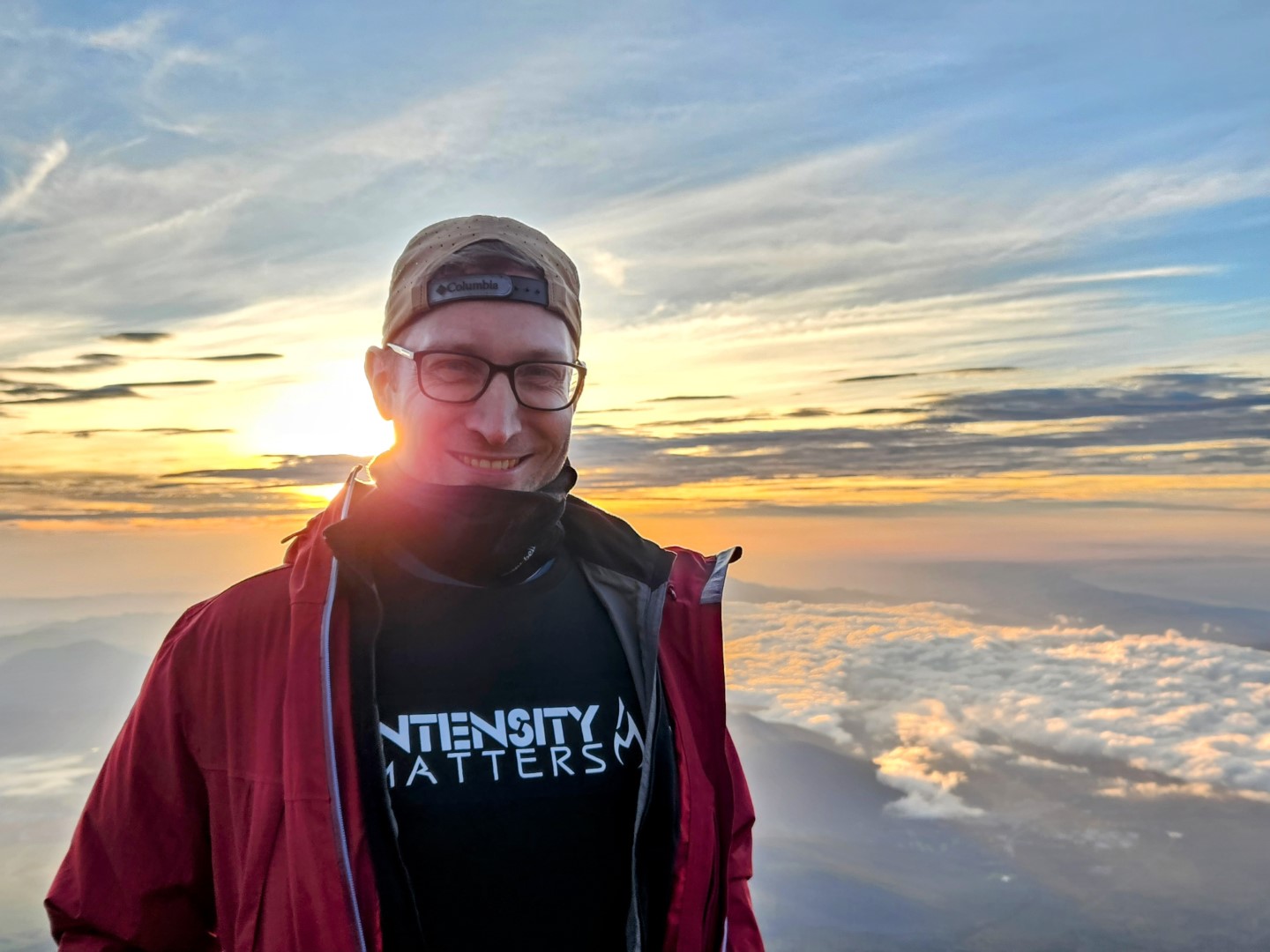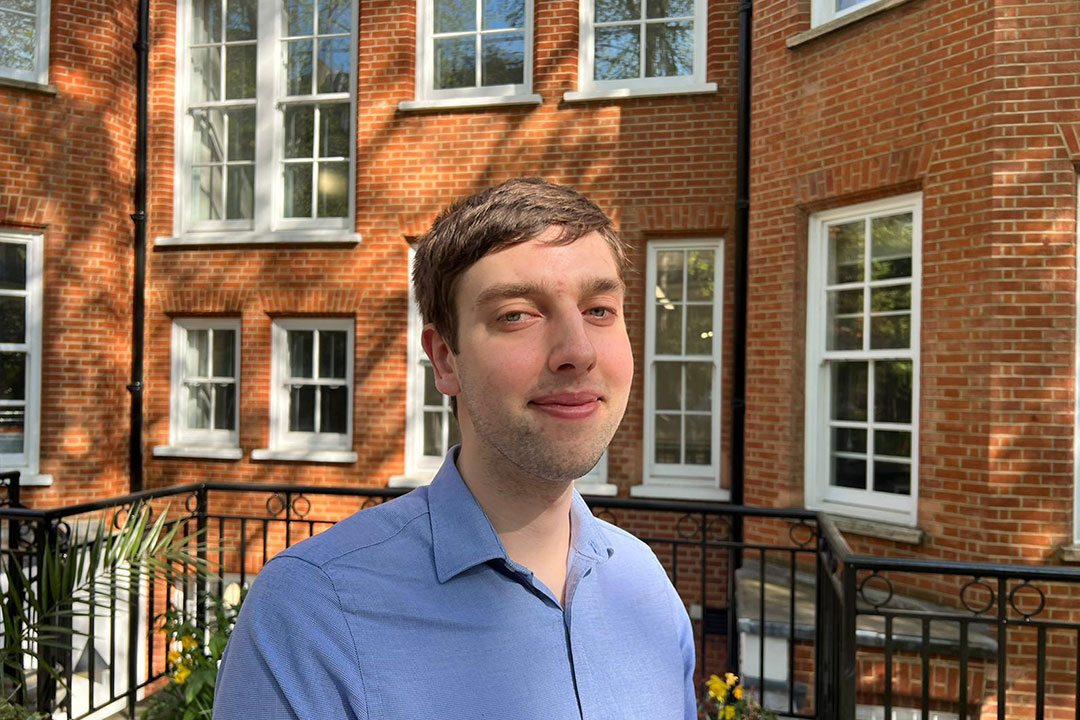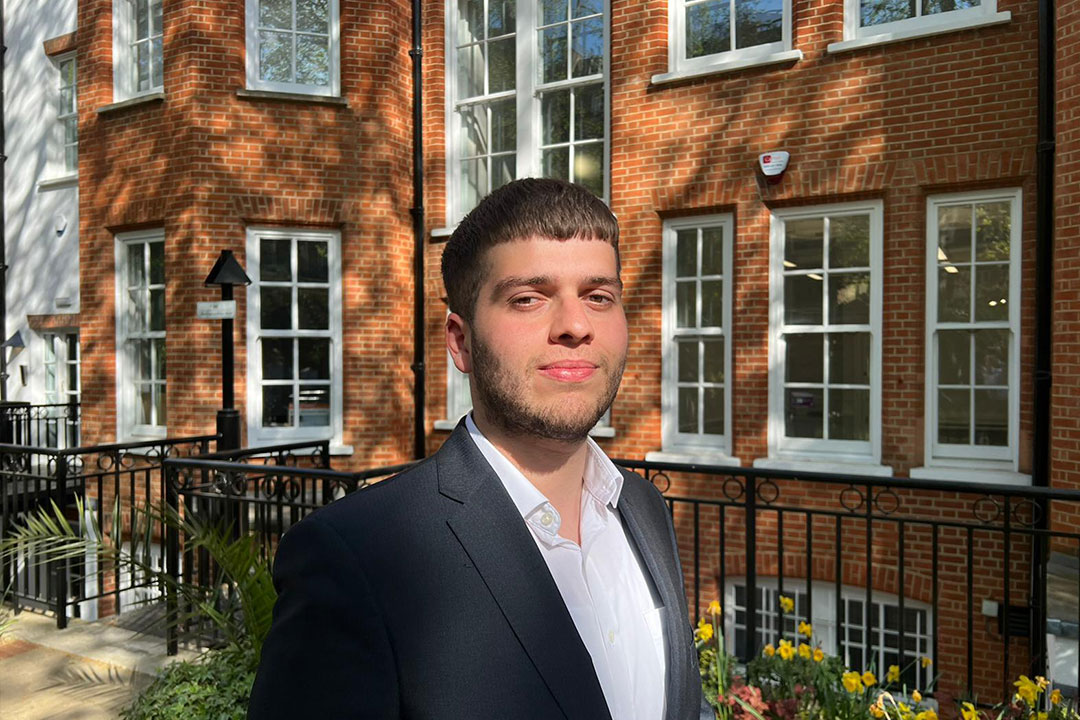Relay race like no other: How enthusiasts from SNP created the Liptov Ride
It all started as a joke – the idea to organize a one-of-a-kind relay race combining winter and summer disciplines. But what began as a chit chat with close friends ended up in a successful sports event with over 400 participants, with its first edition joined by Petra Vlhova, now a famous alpine ski champion. Read how our colleagues and friends brought to life a race like no other in the heart of Slovakia.
Share
The Liptov Ride is a relay race organized annually in Slovakia since 2016, seeing hundreds of participants each year. The participants compete in teams of five people in disciplines that include running, biking, kayaking, ski mountaineering, and freeride. Who is the mastermind behind the Liptov Ride? We are talking to Katarina Guothova, now a Training Operations Specialist at SNP, who came up with the idea and turned it into reality. We are also meeting with her friend and colleague Jan Durinda, Solution Architect at SNP, who supported her from the very beginning.
Katarina, you’re the author and creator of the Liptov Ride. Where did the idea for this relay race come from?
Katarina: The inspiration came from Canada – I lived there for more than a year, and I saw there a competition combining water and snow sports. When I came back to Slovakia, I talked about it to my closest friends – three other girls who I’ve known since my school days. We all agreed that it would be possible to organize it in Slovakia as well, as we have perfect conditions to do both summer and winter sports in one day and one place.
Did your friends take you seriously when you said you wanted to organize a mass sports event all by yourself?
Katarina: Of course, at first they all dismissed it as a joke. But I couldn’t let go of the idea – once it was in my mind, I just had to give it a try. I was talking about it more and more, until it took a shape – I would combine biking, ski mountaineering, freeride, biking, running, and kayaking. Teams of five members would compete in a relay format. Once my friends realized I was serious about it, they all came on board to help me out with it. We were four girls with zero know-how and lots of passion. I remember once we were meeting at Jan Durinda’s home – the husband of one of my friends. The conversation steered towards catering, baking some cakes for the event, and then he jumped in…
Jan, what was your first reaction to the idea of organizing a sports competition from scratch?
Jan: I was amazed and amused! Those four women were really taking on a big challenge, and I’m a more practical guy, so I started asking questions about how they want to attain permits, measure times, set the rules for the competition, and get funding. Immediately I was hooked by this idea and I wanted to help them out.
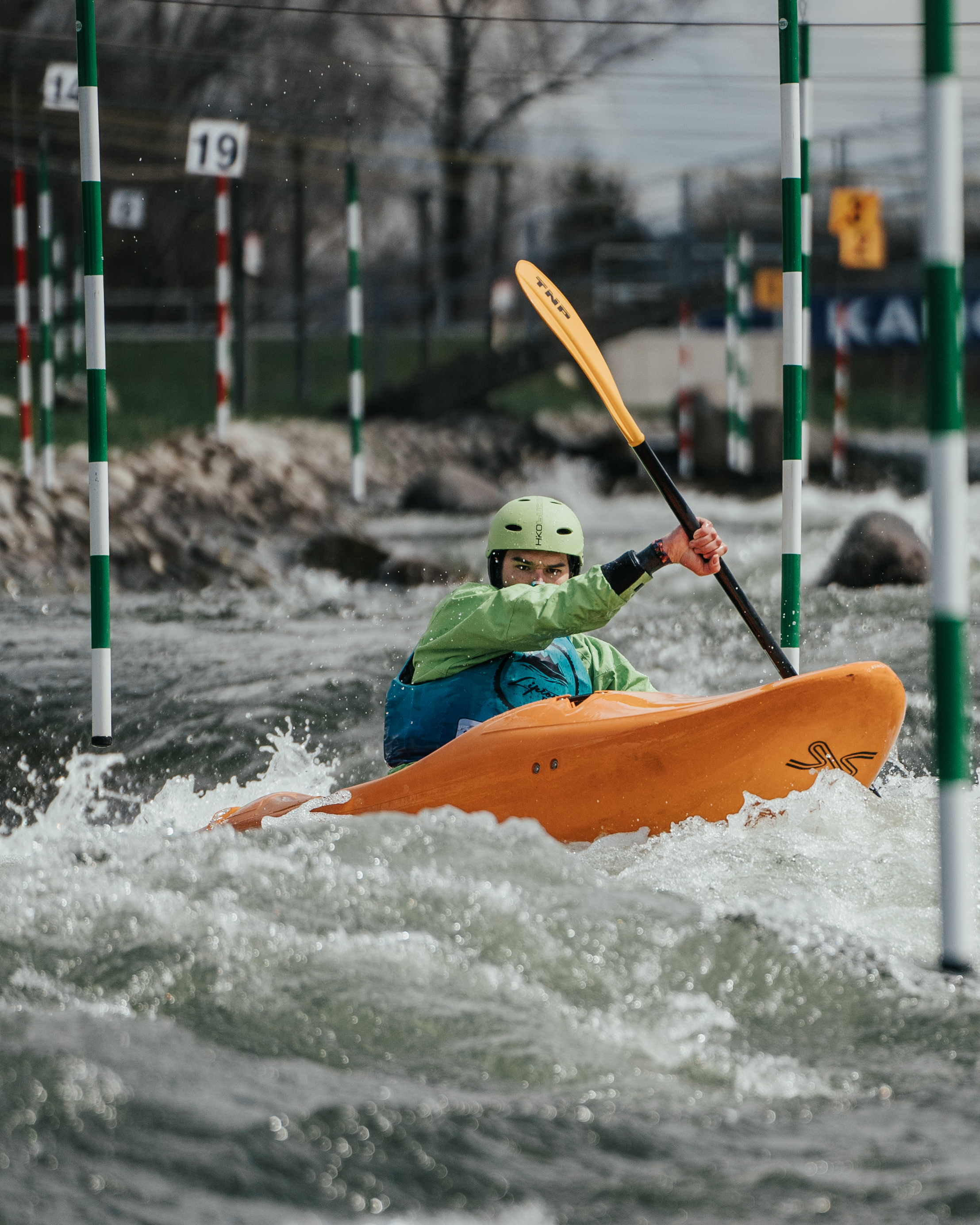
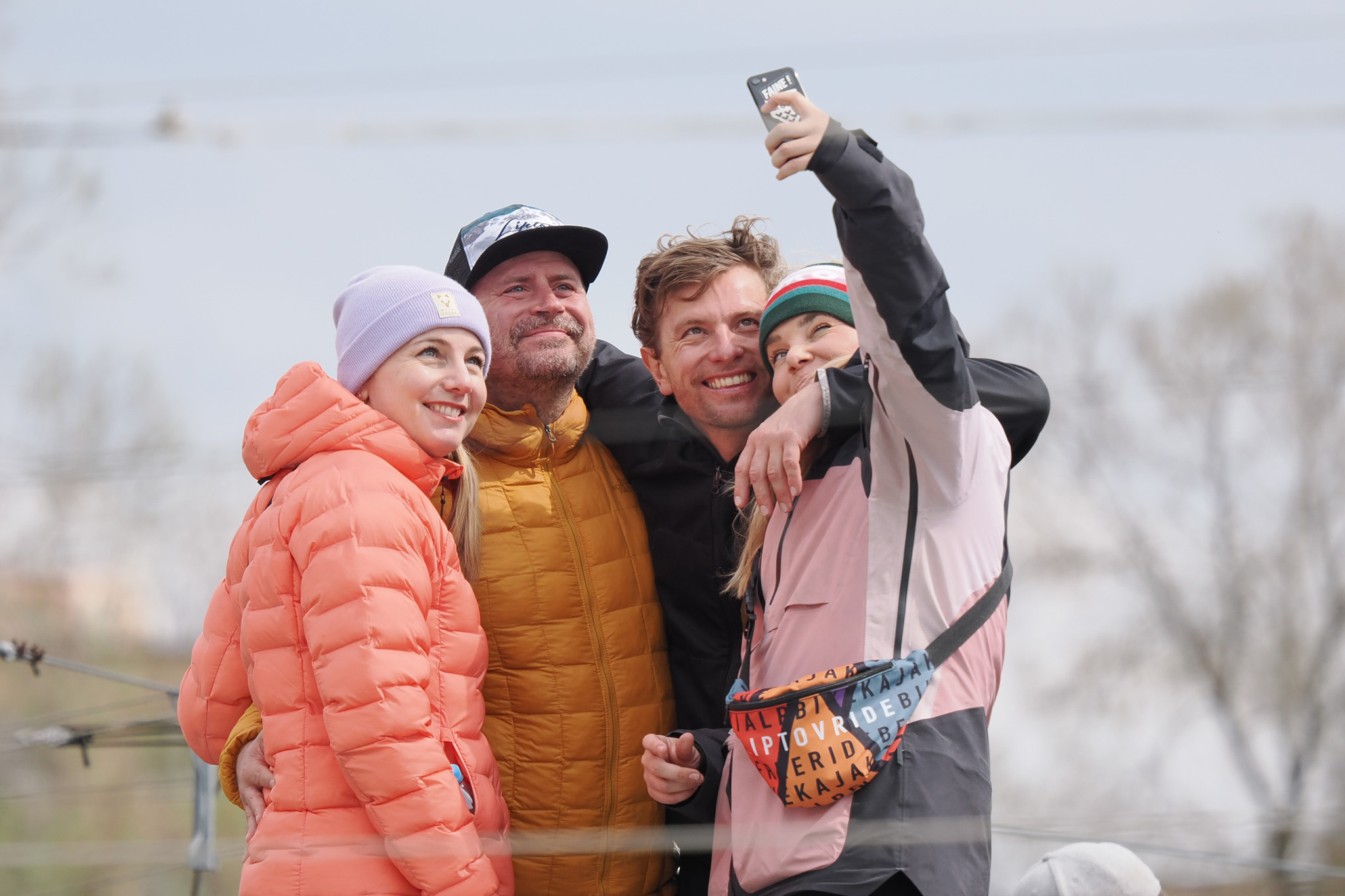
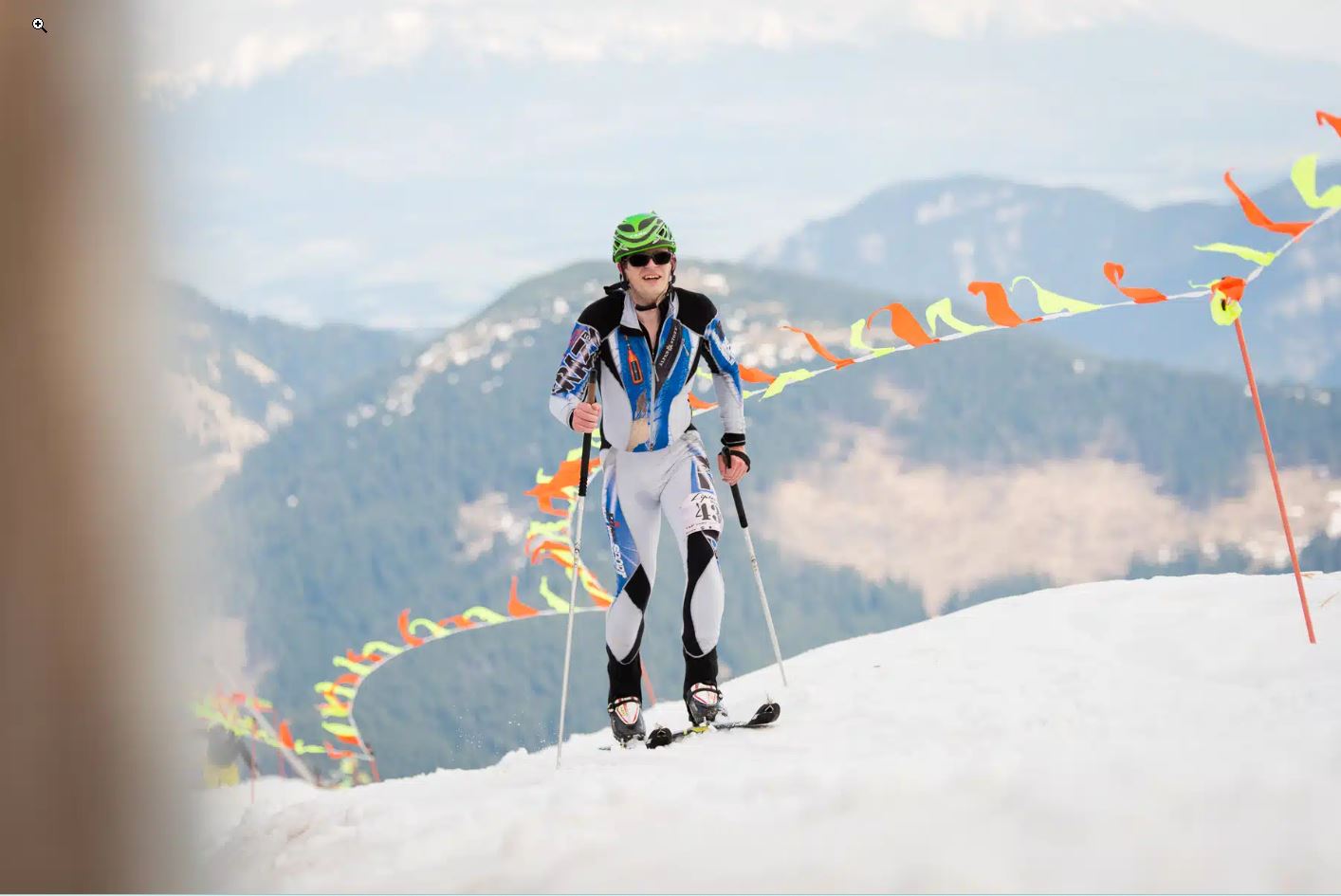
What was the first biggest challenge that you had to overcome?
Jan: Raising the funds. I immediately thought of involving my company. Back then we were around 70 people in the office – I knew most of them and it seemed like a good place to start. I remember talking to Goetz Lessmann, now a Managing Director at SNP. He was just as amazed and amused as I was by the idea, but he agreed to help us. In the end, entire board supported us with funding and even two management board members joined the race. Goetz Lessmann on his bike, and Chicco (Branislav Cik, now Chief Corporate Architect at SNP) for ski-touring.
Katarina: Raising funds was a huge challenge. Imagine that we didn’t have anything to pitch the idea but a PowerPoint and lots of passion, and still people trusted us with their money. Without sponsorship, this event wouldn’t have taken place. And we are grateful that SNP continues to support Liptov Ride as the general partner.
Once you got the funds, how did you go about organizing the whole thing?
Jan: Another difficulty was coming up with a way to measure participants’ times and calculate results. It took us two years to fine-tune it. We wanted each discipline to have an equal weighting. We also had to take account of penalizations, and of course there were technical difficulties to overcome.
Katarina: Then, we had to pick the right location, get all the permits, create a website… Luckily, we came across just the right kind of people who were willing to support us and share their experiences.
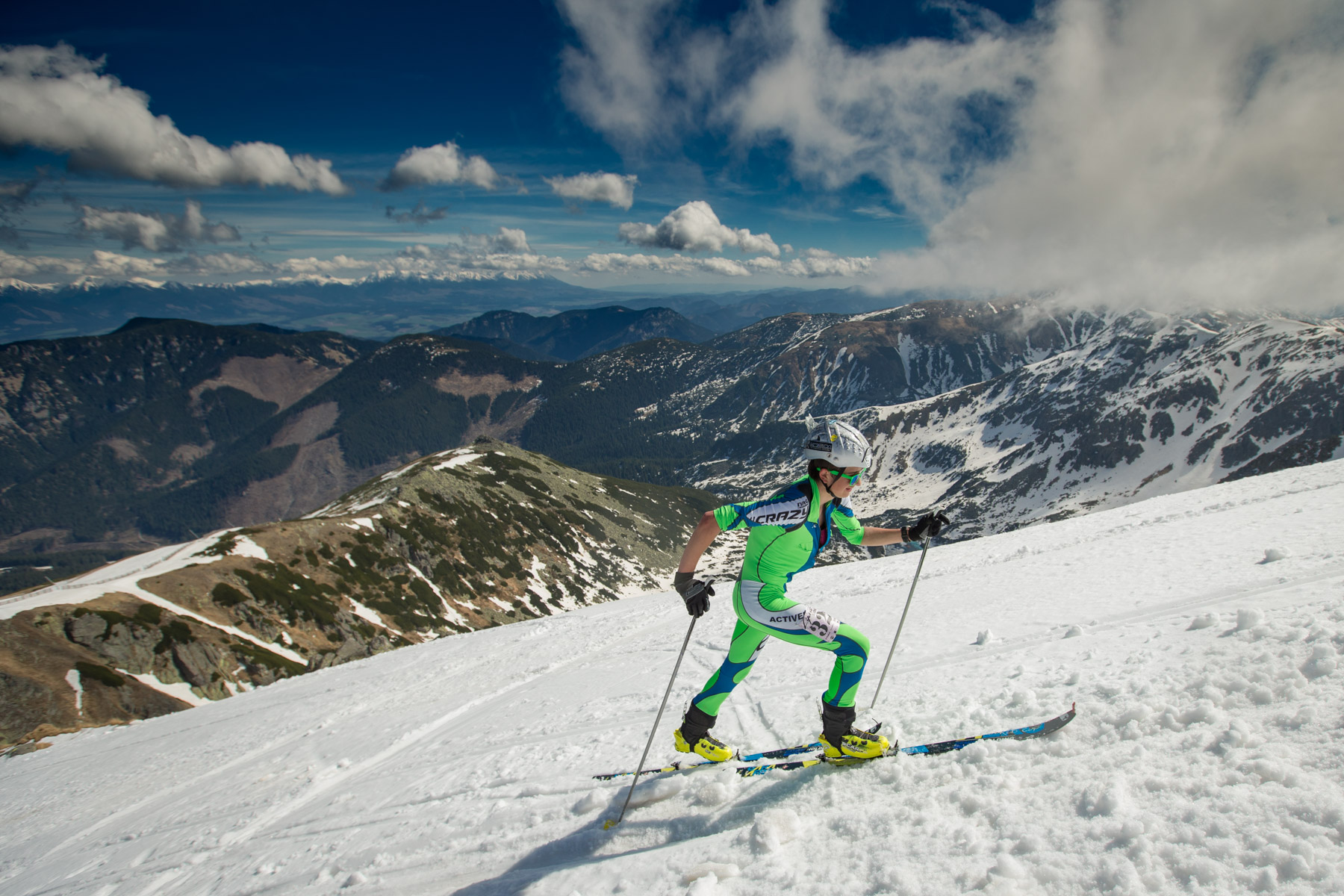
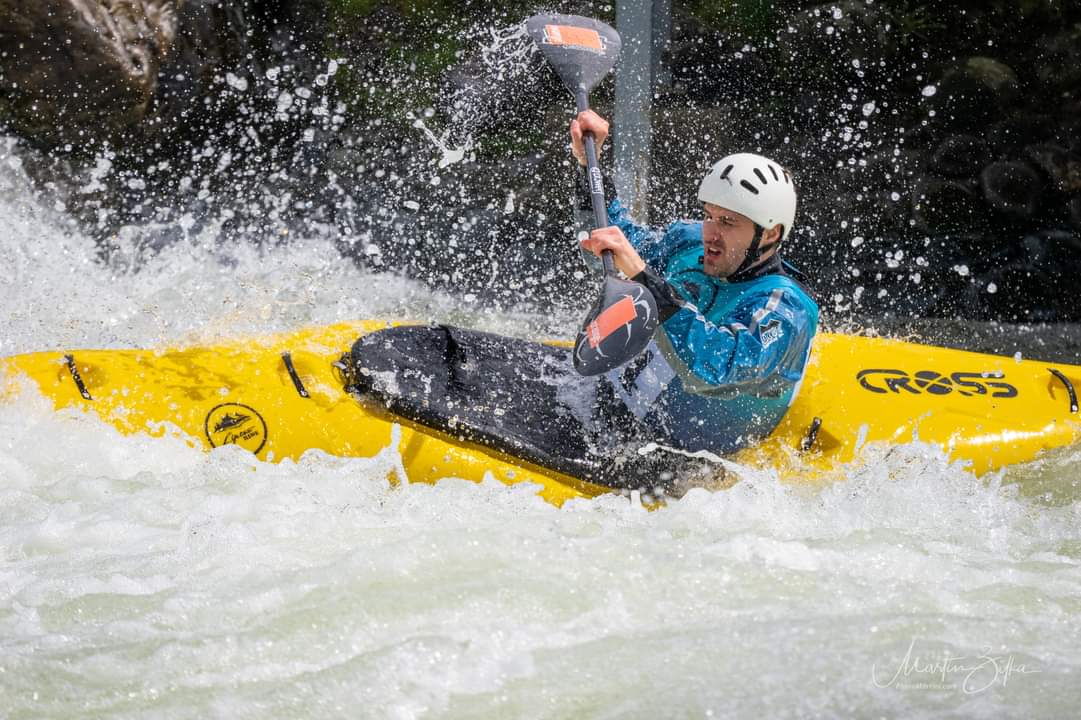

What happened on the day you launched the registration for the very first Liptov Ride?
Katarina: On the day we launched registration, I was really nervous – will we get at least one team? On the first day, we got 10 teams, and Petra Vlhova – now a famous ski champion – was there as well! All that with no paid advertisement, just by word of mouth. In the end, the first edition of the Liptov Ride was attended by 60 teams and two individuals. And again, the individual race is something we put on the website as a joke. I mean, surely there wouldn’t be anyone willing to go through all five tough disciplines in one day? Well, they proved us wrong. Since then, we’ve allowed individuals and pairs to enter the competition.
The next Liptov Ride is happening in just a couple of weeks. Can you tell me more about it?
Katarina: For this year, the registration had to be closed after just one day. We have 461 participants and we are maxed out on our capacity. We are constrained by our permit, as the event is being held at a National Park.
Jan: On the one hand this is a disadvantage, because we can’t go bigger. On the other hand, it makes the event more special and sought-after. It’s just not simple to get in.
What does a day of the event look like?
Katarina: As organizers, we come early. In the evening we have a riders meeting where we distribute tasks to all volunteers. On the day of the event, we start at 8:00 with the bike discipline – competitors cycle 22 km uphill and downhill with 800 m of elevation. When they reach their destination, they pass the baton to ski mountaineers. Their track leads over 4 km up the mountain with almost 900 m of elevation. From there, freeriders take over and ski down the mountain ridge to meet the runners. The runners go 17 km through forests, fields and meadows. Their finishing line is at the wildwater area where kayakers paddle down the course and navigate through gates on river rapids. The second they cross the finishing line and touch the Liptov Ride banner, the race is over.
What is the most difficult part of each discipline?
Katarina: The Liptov Ride goes from the city, through green meadows with scenic views, through forests and highlands, up to one of the highest peaks of the Low Tatras, and back to the city to the wild water. The most difficult part for each discipline is not getting lost, meeting the cutoff time, and overcoming the weather and terrain conditions.
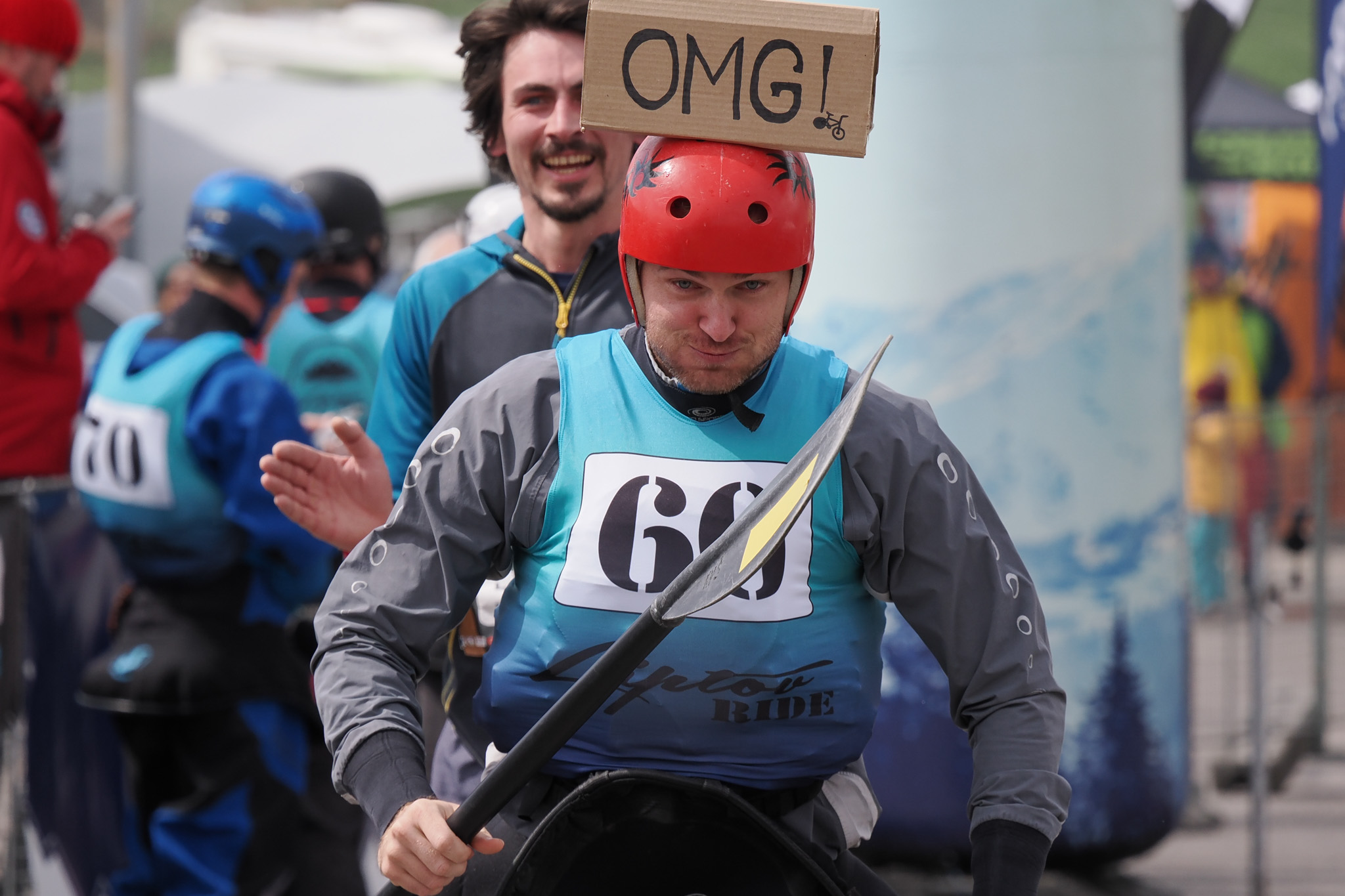
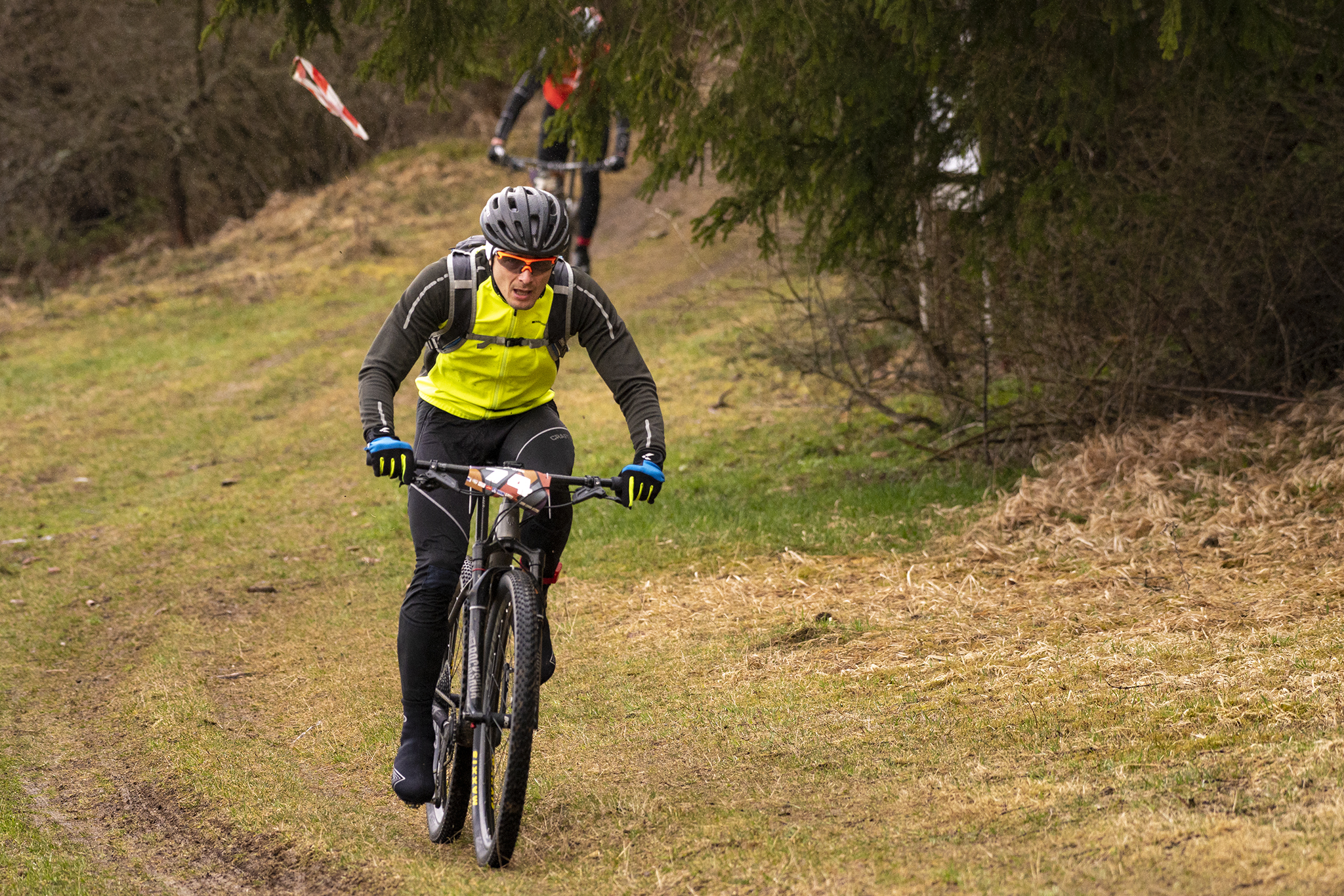
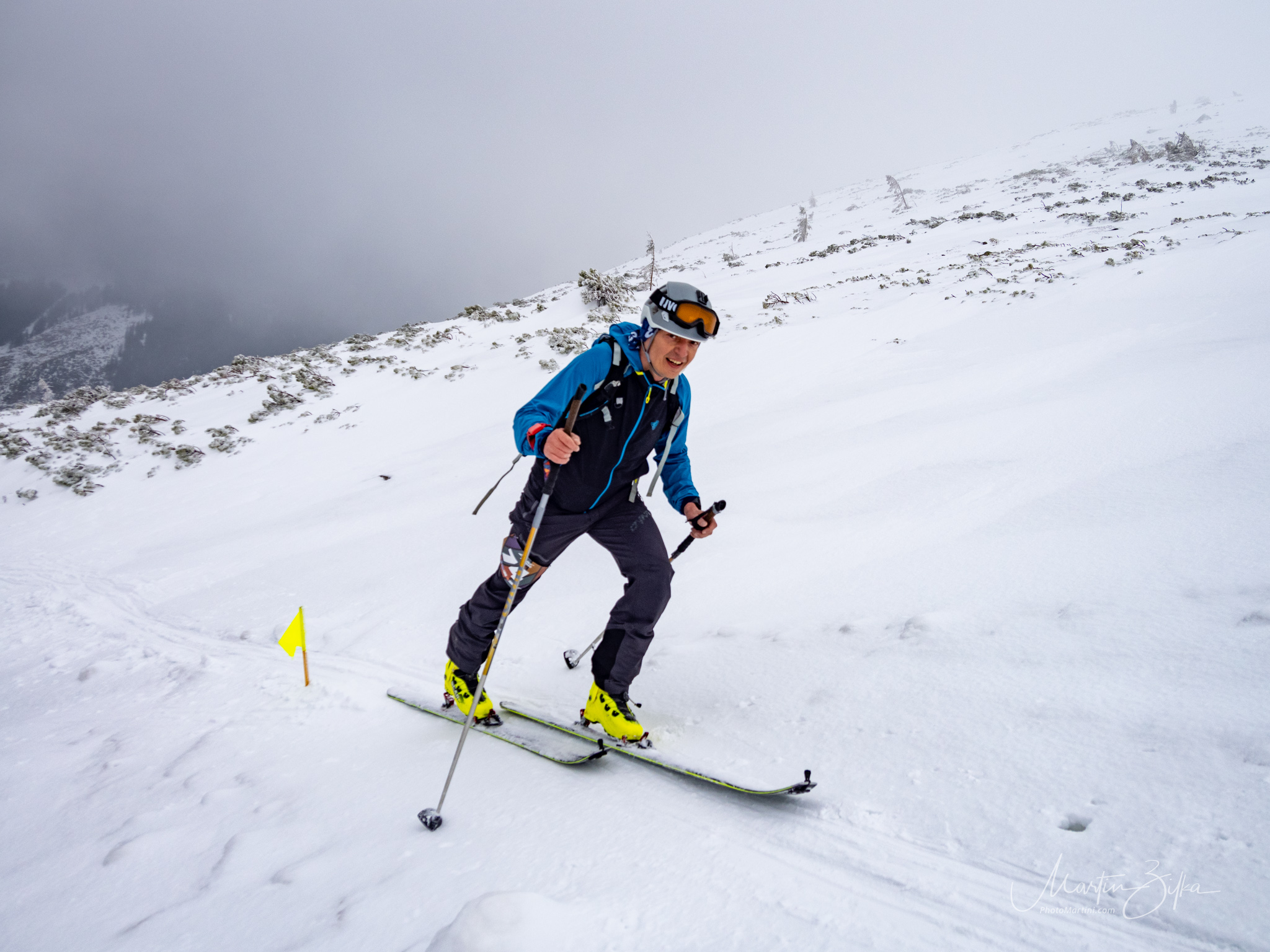
Jan, you usually compete in the kayaking. This is the most uncommon discipline out of the whole five, and it must not be easy to find a team member who has experience with it. Is it possible for a complete amateur to give it a try?
Jan: It is almost always possible in any sport to give it a try, however you have to deal with the consequences 😊. Regarding kayaking, it’s nearly certain that you’ll capsize and get fully soaked if you don’t have any experience. But yes, every year we have multiple beginners who make an attempt.
How long does it take to finish the Liptov Ride?
Katarina: On average, it takes about four hours to complete it. But it’s then our job to aggregate all the results and determine the winners. For the participants, we have plenty of prizes – mostly local products.
What is the overall atmosphere of the event?
Katarina: People who join the Liptov Ride are very open-hearted and open-minded, chilled, ready to tackle any changes and any kind of weather – just enjoying themselves together with their close friends. So when we host the after-party, the atmosphere is just fantastic and one-of-a-kind.
The Liptov Ride has been running for seven years now. Has anything changed since you started it?
Katarina: We put all our hearts into it, and it’s our passion and friendships that have made it come true. Of course now most of us have families and other responsibilities, so we need to delegate more and our organizational team has grown from nine to 20 people. But what started as a hobby project turned into a successful event with its own vibe.
Jan: We got older, so the parties are not as wild as they used to be. Despite this, I am really happy that even after so many years, we as SNP participate and compete every year since the beginning, and still many people including new joiners help us and enjoy the event with us.
